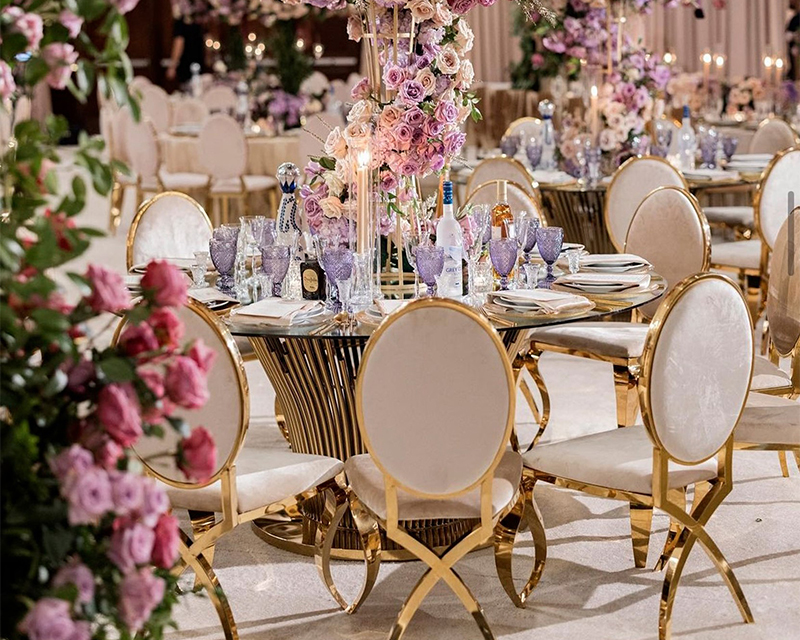
Diamonds in nature usually look just like other minerals – uneven, murky-looking chunks. Only in the hands of a skilled diamond cutter they are transformed into diamonds, which are later used in engagement rings.

What is the perfect cut and how to choose a quality diamond?
The process of polishing natural minerals to achieve the correct form and proportions is known as cutting. Proper cutting and polishing reveals the full beauty of a diamond. The better cut, the more brilliant the diamond shines in the jewelry. A perfect cut diamond – is a round, sparkling diamond cut to perfect proportions and angles and has excellent polish and symmetry ratings.

Until the early 15th century it was not possible to cut diamonds due to the extreme hardness of the stones. All that could be done at that time was to rub one diamond against another to grind its natural facets. But in the middle of the 15th century, the practice of cutting off the top and bottom was introduced, thus giving the diamond a shape more resembling a modern one. 200 years later the jeweler Vicenzo Peruzzi had introduced a system of cutting to give the stone 57 facets. As there was no exact calculation of the angles and facet ratios, the light in such diamonds scattered incorrectly, forming a flare.
In the twentieth century, the young mathematician Marcel Tolkowsky started discussing the calculation of proportions, the ratio of facets and angles. In the early twenties of the twentieth century, he published his own work, Diamond Design. It was Tolkowsky’s “diamonds” that were able to reflect light as much as possible.
Tolkowsky’s calculations are as follows:
- Table Diameter: 53%;
- Crown Angle: 34.5%;
- Pavilion Depth: 40.75%.
Over the next twenty years, these values were regarded to be the standard and indisputable. However, jewelers increasingly deviated from the values in an effort to preserve the weight of the stone as much as possible, while at the same time breaking the proportions. This method was called the commercial cut. Therefore, in the 1950s a new system for evaluating diamonds was developed. Quality of cut became divided into parts – symmetry, proportion and polish. There are more than 20 diamond grading systems in the world, the basis of which are the Tolkowsky proportions, with admissible deviations.

The higher the quality of cut, the lighter the shade and the brighter the play of light. The value of quality-cut diamonds is greater than the value of a commercial cut.
International organizations such as the Gemological Institute of America (GIA), the European Gemological Institute (EGL) and the Scientific Gemological Laboratory (SGL) have different grades of cut quality:
- poor
- fair
- good
- very good
- excellent
So, how to figure out what the perfect cut is?
Tolkowsky’s method of cutting is recognised as the classical way of cutting. Other methods are also known: Johnson & Rech, Eppler and the Scandinavian method. Ideal number of facets of a round stone – 57 (the 58th – the diamond’s spine).
The ideal diamond’s proportions according to the Tolkowsky cut:
The crown consists of one pad, 8 single wedges of the top, 8 main facets, 16 paired facets, for a total of 33 facets. The pavilion consists of 16 bottom wedges, 8 main facets, one spike, 24 facets in total.
Percentage figures if it is type “A” or “excellent”:
- the size of the crown relative to the diameter – 55-63%
- diamond height in relation to the diameter – 57-63%
- rundist height in relation to the diameter – 1-2.5%
In practice, deviations from these values occur, but are not significant.




